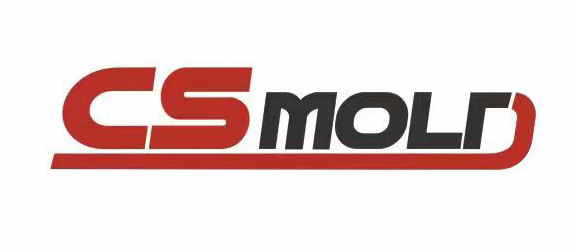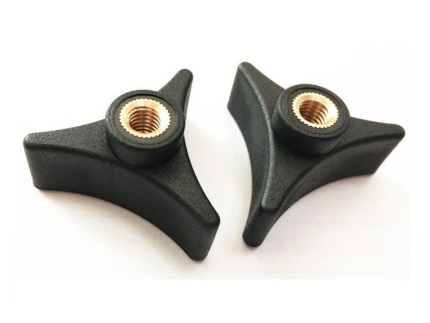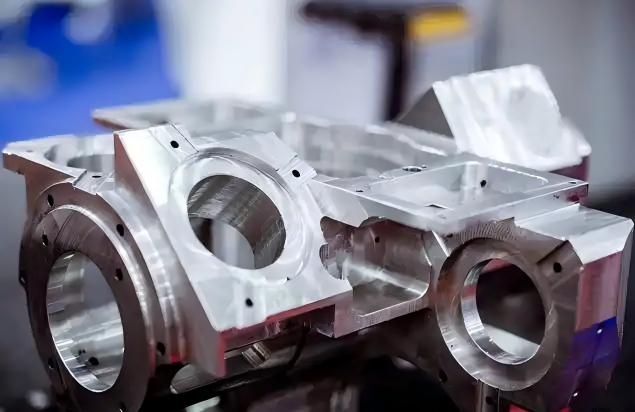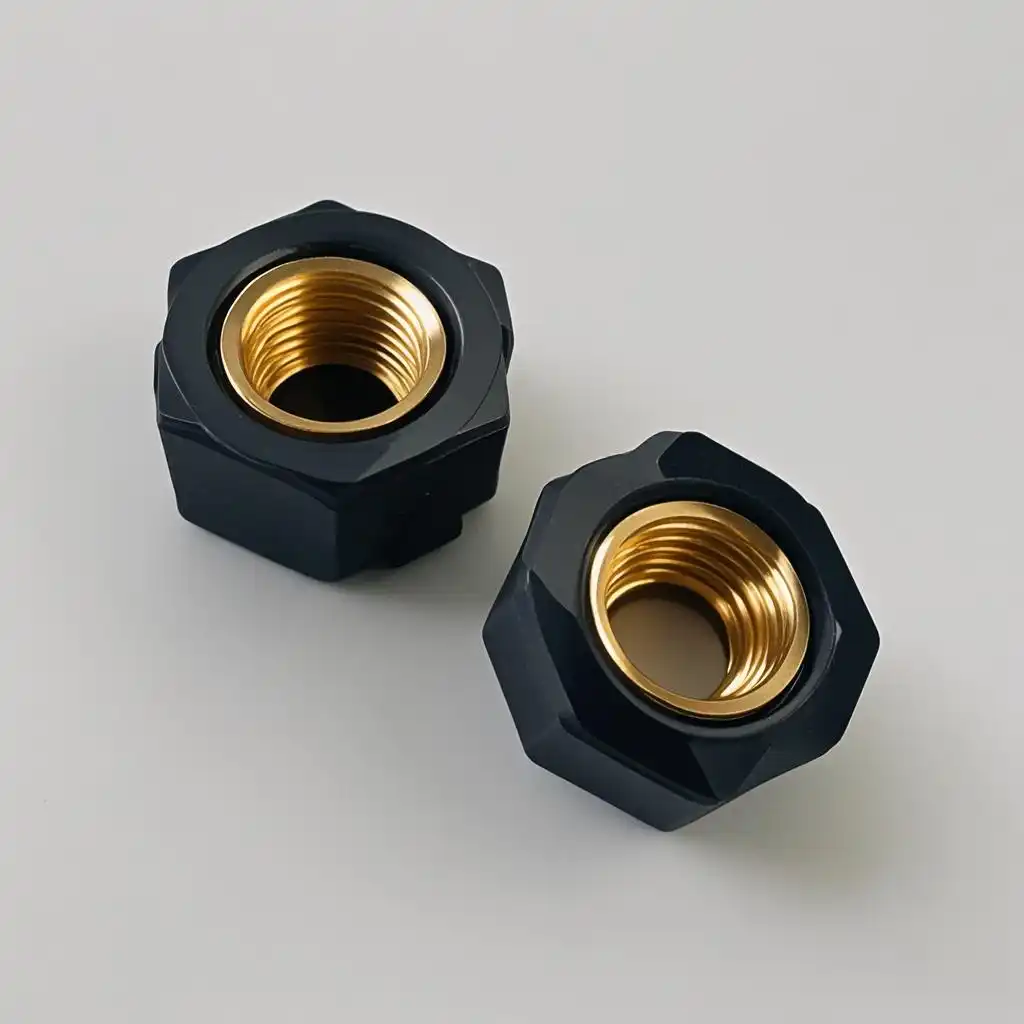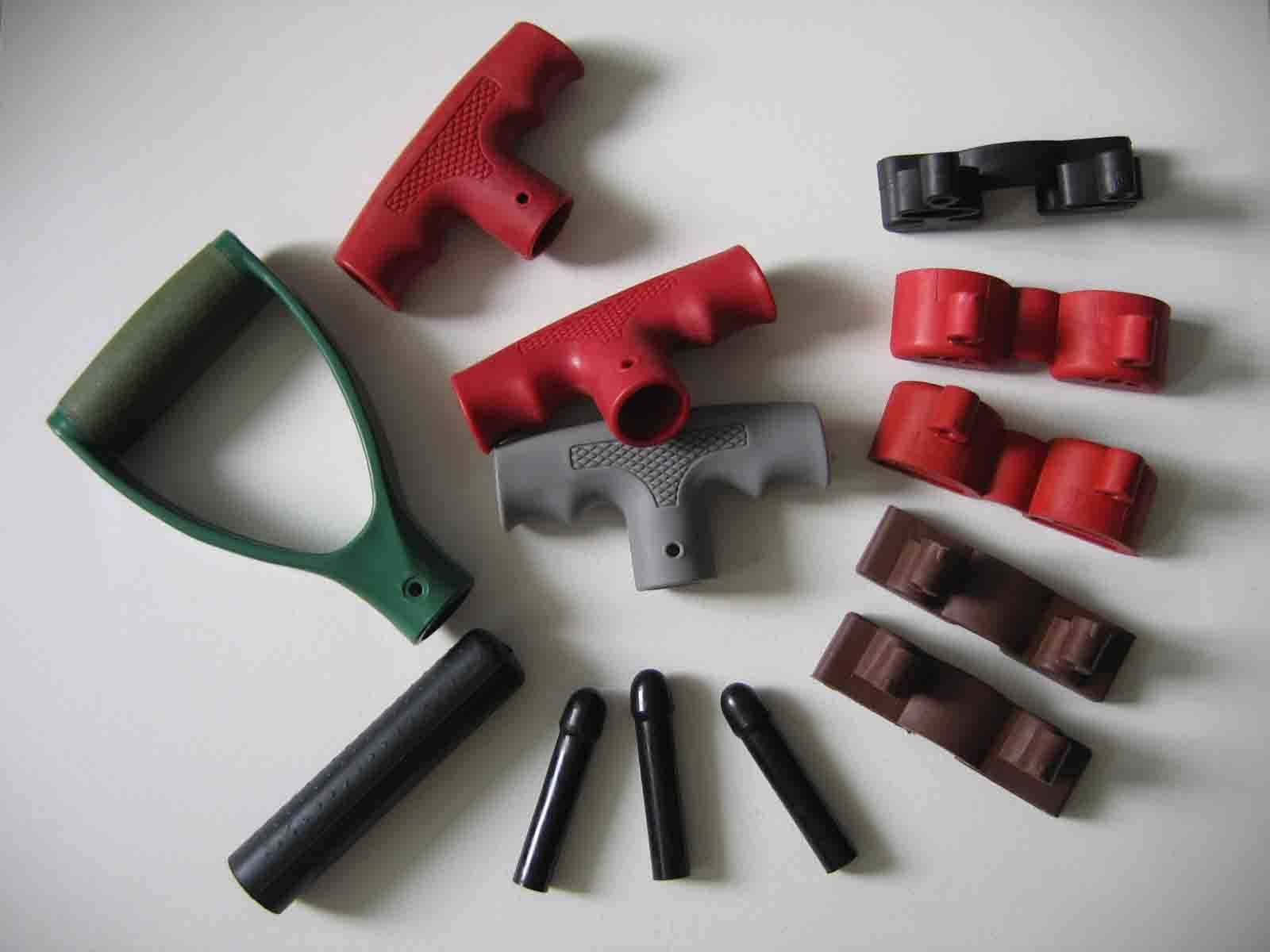
At CS Molding, we understand one of the core secrets of injection molding: choosing the right material is crucial. The plastic you choose directly determines your product’s performance, appearance, durability, and cost. With so many material options on the market, how can you make an informed decision? This blog will provide a clear overview of the characteristics of common injection molding materials and their optimal applications.
I.Widely Used General-Purpose Plastic Types and Characteristics:
Polypropylene (PP):
Advantages: Low cost and very light weight. Good toughness and fatigue resistance. Resistant to many chemical solvents. Food-safe grades available.
Disadvantages: Can become brittle at low temperatures. Average wear resistance. Susceptible to UV degradation.
Typical Applications: Food packaging boxes and container lids. Automotive interior parts (e.g., battery casings). Household items (buckets, tubs). Toys. Disposable medical devices (syringes).
Acrylonitrile Butadiene Styrene (ABS):
Advantages: Extremely strong and impact-resistant. Highly glossy surface, easily plated or painted. Excellent processability.
Disadvantages: Poor weather resistance (susceptible to sunlight). Less resistant to certain chemicals.
Typical Applications: Lego blocks, electronic product casings (computers, keyboards), automotive parts (dashboard trim), trunk covers, and home appliance panels.
Polyethylene (PE): Common types include HDPE (high-density polyethylene) and LDPE (low-density polyethylene).
HDPE Advantages: High hardness and strength. Strong chemical resistance. Very low water absorption.
LDPE Advantages: Very flexible. Good transparency (compared to HDPE).
Common Disadvantages: Limited heat resistance. Lower strength than engineering plastics.
Typical Applications: HDPE: milk bottles, detergent bottles, chemical drums, cutting boards, pipes. LDPE: plastic bags, films, flexible container lids, and wire and cable insulation.
Polystyrene (PS):
General-purpose polystyrene (GPPS): Transparent, hard, but brittle. Low cost.
High-impact polystyrene (HIPS): Toughened with rubber for improved impact resistance, but opaque.
Disadvantages: Brittle (especially GPPS). Poor heat resistance. Susceptible to various solvents.
Typical Applications: GPPS: CD cases, transparent food packaging, disposable cups. HIPS: refrigerator liners, toy casings, stationery, and electronic product packaging trays.
II. Characteristics and Applications of Higher-Performance Engineering Plastics:
Polyamide (Nylon, PA6, PA66):
Advantages: High strength, good toughness, and exceptional wear resistance! Superior high-temperature resistance compared to general-purpose plastics. Resistant to oil and various fuels.
Disadvantages: Susceptible to moisture absorption, affecting dimensions and strength. Brittle when unmodified. High cost.
Typical Applications: Wear-resistant parts such as gears, bearings, and pulleys. Automotive underhood parts (radiator tanks, intake manifolds). Power tool casings. Sports equipment. Industrial brush bristles.
Polycarbonate (PC):
Advantages: Extremely high transparency (similar to glass). Excellent impact resistance. Good heat resistance. Excellent dimensional stability.
Disadvantages: Sensitive to notches (easily scratched and cracked). Long-term exposure to UV rays can cause yellowing and brittleness. Cost is high.
Typical Applications: Riot shields, safety glasses, helmet visors. Automotive headlight lenses. Transparent electronic device casings (such as mobile phone cases). Greenhouse roofs. Medical device components.
Polyoxymethylene (POM, Saigang):
Advantages: Very high rigidity and hardness. Excellent wear resistance and low coefficient of friction. Excellent dimensional stability. Resistant to chemical solvents.
Disadvantages: Poor resistance to strong acids and alkalis. May degrade with long-term use at high temperatures.
Typical Applications: Precision gears, bearings, cams. Zipper teeth, clips, fasteners. Automotive fuel system components (pumps, valves). Sprayer nozzles.
III. Characteristics and Applications of High-Performance Specialty Plastics (for special applications):
Polyetherimide (PEI):
Advantages: Excellent high-temperature resistance (long-term temperatures above 180°C). High strength and rigidity. Excellent flame retardancy (halogen-free). Dimensionally stable and chemically resistant. Disadvantages: Very high cost.
Typical Applications: Aerospace components. Medical sterilization trays and instruments. Automotive high-temperature sensors. High-performance electronic connectors.
Polyetheretherketone (PEEK):
Advantages: Top-tier high-temperature resistance (260°C long-term). Excellent mechanical properties. High chemical resistance. Wear-resistant and flame-retardant.
Disadvantages: Extremely expensive.
Typical Applications: Oil and gas exploration components. Valve seals in the chemical industry. High-end medical implants. Aerospace structural components.
IV. At CS Molding, how can we help you make the right choice? The key is to consider the following core factors:
Product Functional Requirements:
How much force does it need to withstand? (Strength, toughness)
Ambient operating temperature range? (Heat/cold resistance)
What chemicals will it come into contact with? (Chemical resistance)
Will it need to withstand friction or wear? (Wear resistance)
Does it need to be insulating or conductive? (Electrical properties)
Does it need to be transparent, translucent, or opaque? (Optical properties)
Environmental conditions:
Will it be exposed to outdoor sunlight? (Weatherproof/UV resistance)
Will it come into contact with moisture or water? (Water absorption)
Is it flame retardant? (Flammability rating requirements)
Regulatory and safety requirements:
Is it intended for food contact? (FDA, EU 10/2011, etc. food-grade certification)
Is it intended for medical use? (USP Class VI, ISO 10993 biocompatibility)
Are there specific industry standards? (e.g., automotive, aerospace, electronics)
Appearance and feel:
What color, gloss, or texture is required?
What is the tactile feel requirement? (Soft, hard, smooth, matte)
Cost considerations:
Material cost itself.
The impact of processing difficulty on cost.
Total product lifecycle cost (more durable materials may be more cost-effective in the long run).
V. CS Molding: Your Trusted Partner for Injection Molding Material Selection and Molding
Choosing the right injection molding material is a complex process. There’s no such thing as the “best” material, only the “best” material for your specific product. At CS Molding, we have extensive material knowledge and application experience. Our engineering team is happy to work closely with you to gain a detailed understanding of your product requirements, operating environment, and budget constraints. Based on this information, we will provide you with professional material selection recommendations and optimized injection molding solutions.
If you’re facing material selection challenges, don’t hesitate. Contact CS Molding’s engineering team today! We’ll leverage our expertise to help you precisely match materials with your product requirements, ensuring your injection molding project achieves the optimal balance of performance, quality, and cost, ensuring a successful market launch.
